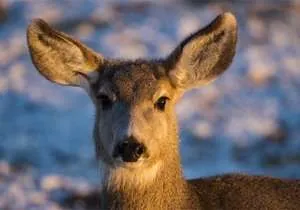From fall to winter, hunters endure varied conditions in pursuit of American’s original game bird. Joined by our best two- and four-legged friends, we chase those chirps peppered among tall grass, plumes bobbing low between brush. Our hearts jump at every outburst of wings and feathers. Cracks ring out. We inhale the smell of gunsmoke mixed with prairie while a furry companion darts ahead.
This long tradition reminds us that, at our core, we are primitive. We are autonomous—unattached to fiscal concerns, the ambiguity of a career, or social conventions. In the field we can let go of questions. There is only one answer, and it arrives in the form of beating wings.
Between the months of April and June, quail scratch out hollows in scattered shrubs and brambles to begin nesting. Hatching occurs as many as 55 days later. Some hens will even nest a second time after their first brood. This strategy can result in an unexpected population boost, or not, depending on summer weather conditions.
Because of a later nesting schedule, compared to other game birds like pheasants, most nesting reports from biologist during this time of year are informed speculation. Below are experts’ best guesses where you might find success this quail hunting season.
Kansas
From 2010 to 2014, Kansas suffered from an extended extreme drought, which resulted in sharp declines in upland birds across much of the state. However, spring precipitation improved conditions for production this past year. The western portion of the range received timely rains, which improved habitat conditions, while heavy rainfall in the eastern portion may have negatively impacted chick survival.
Kansas is in its third year of their quail initiative, which includes two focus areas in the Osage Cuestas region of southeast Kansas. Whistle surveys statewide showed increases indicating improved production potential. “That paired with the improved habitat conditions across much of the range provides optimism that densities will be better this fall,” said small game specialist Jeff Prendergast.
Full article available here.
Surce: Quail Forever




